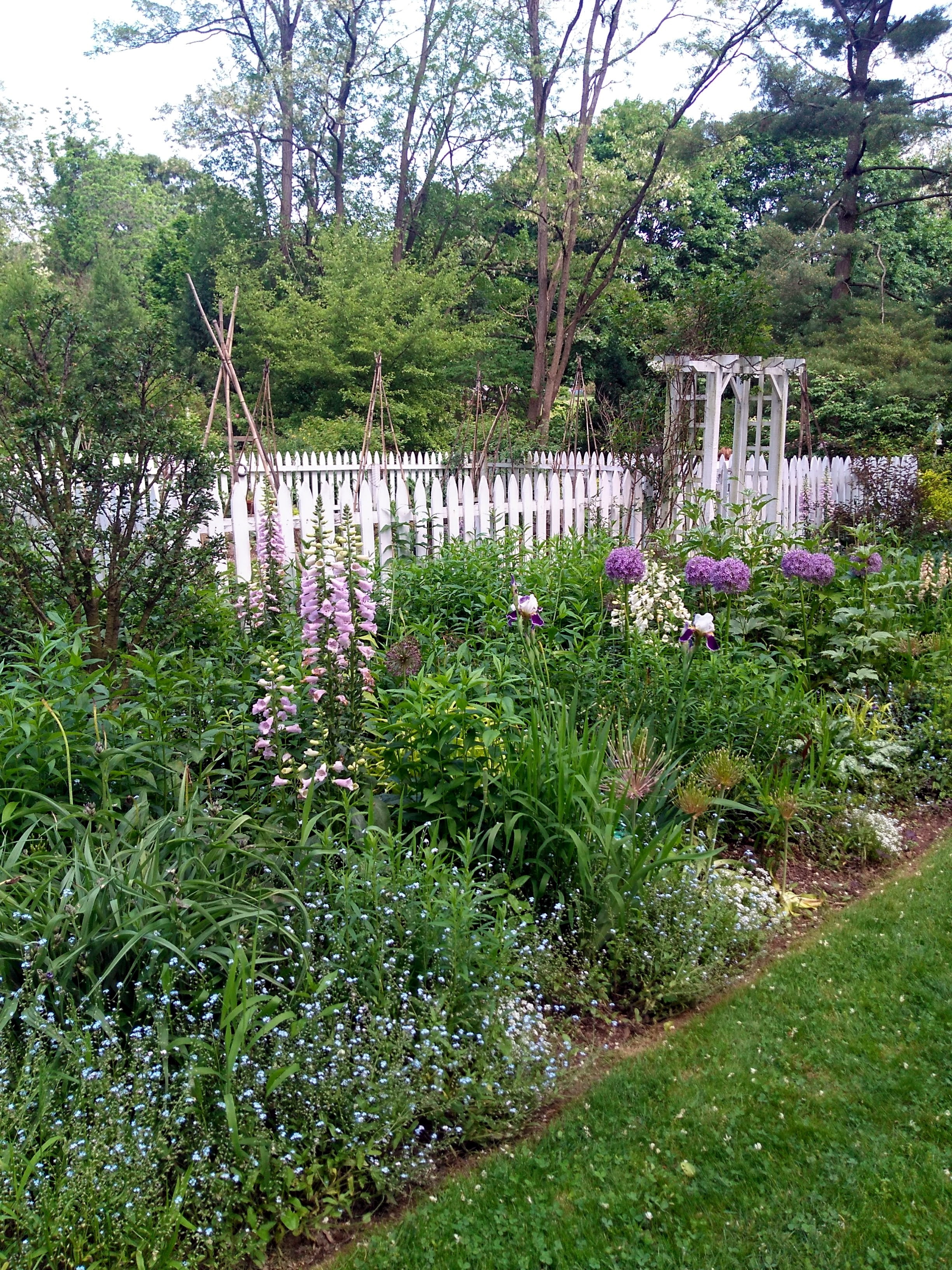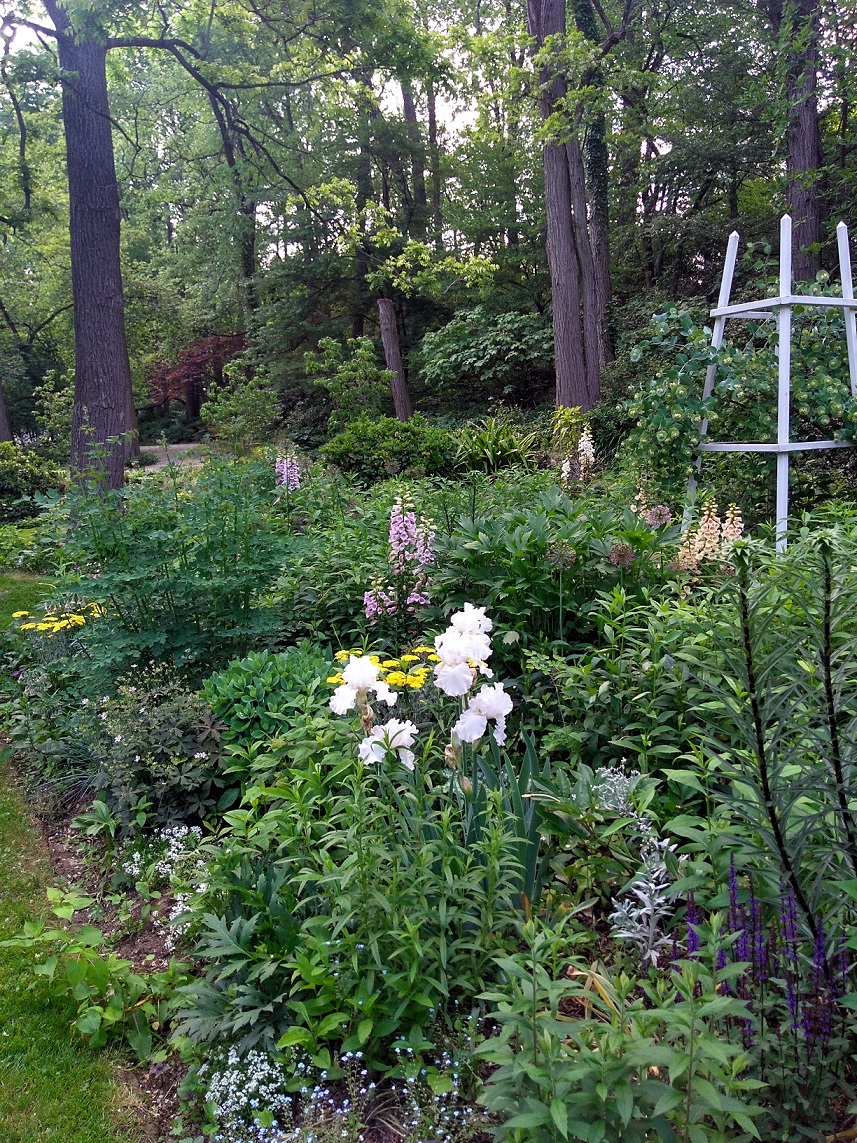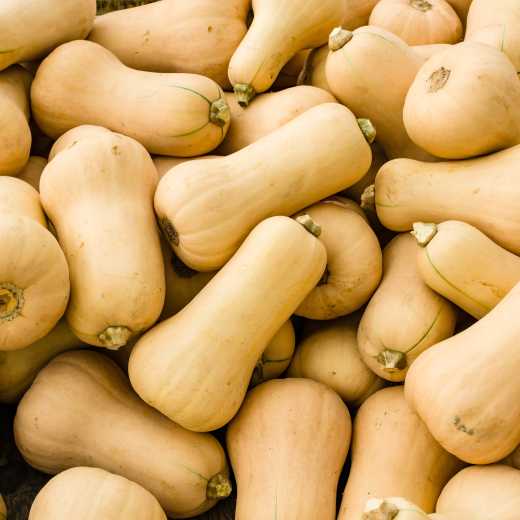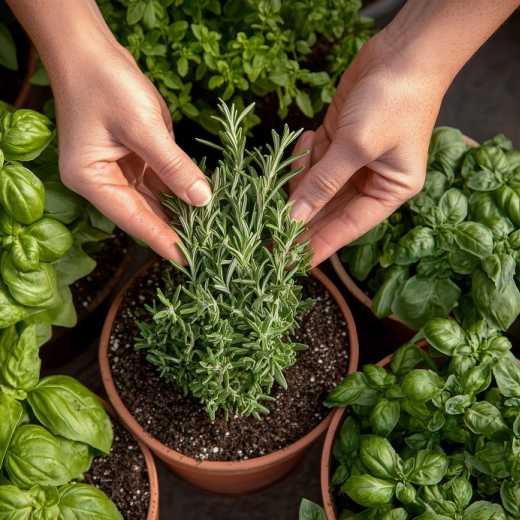June is Perennial Gardening Month
“I want real flowers, perennials which not only grow and change and die, but also rise again and astonish me! A garden shouldn't just bloom and look pretty; it should develop like the rest of life. Otherwise it, and we, live only to be spaded under.” - Emma L. Roth-Schwartz
June is Perennial Gardening Month
by Debi Harrington, NGC Gardening Committee Chair


For many gardeners, perennial plants are the “bones” of their gardens. Unlike biennials or annuals, perennials come back to one’s garden year after year – sometimes for only three to four years, but often for ten, twenty or more.
Often, many participants are hesitant to try their hand at incorporating perennials into their garden landscapes, flower beds and especially in their container garden creations. Their main reason for this hesitancy is cost. And many perceive perennials as providing limited color choices.
Up front, perennials may seem pricey, but not when one considers how long they live and the fact that many grow and multiply quickly. As an avid gardener, one of my favorite things is being able to look around my garden and see peonies and iris that were once grown by my husband’s great-grandmother and mother. I also have perennial clumps that were once small plant starts, given to me as a 20-year-old newlywed, by gardening friends and relatives who have now passed on.
Perennials come in an amazing variety of sizes, colors, forms, and plant types. After all, trees and shrubs are some of our longer lived perennials. Most offer several seasons of colors to our gardens. What amazing beauty and sculpture is added to one’s garden when trees and shrubs are incorporated. Evergreen types add year-round beauty. Both evergreen and deciduous foliage only perennials can lend much needed contrast in color, form, size and texture when incorporated into one’s garden plan.
Unlike most annual plants, which provide a seemingly non-stop, one season of color, many perennials are extremely cold hardy and return each spring. Most perennials do bloom for one season - in either spring, summer or fall. But there are exceptions. Many hybrid perennials have been created to give a period of re-bloom, such as irises, daylilies, lilac ‘Josee’, clematis ‘The President’, weigela ‘Red Prince’, rhododendron ‘Conler’, Endless Summer hydrangeas, and most modern roses. Also, many perennial flowers will reward gardeners with almost continual bloom during their season if they are deadheaded regularly.
A carefully planned perennial garden will include perennial plants that offer a succession of bloom. Bloom might begin in early spring with hellebores, snowdrops, narcissus, tulips, and numerous other spring blooming bulbs that were planted the previous fall. Bloom will then progress to spring blooming trees (fruit and ornamental), shrubs, roses, iris, peonies, etc. Daylily blooms range from extra early (May) to very late (August to September), so gardeners may choose among many varieties accordingly. Summer blooms can be provided by a plethora of varieties and colors of more roses, phloxes, Shasta daisies, heucheras, hostas, gaillardias, foxgloves, yarrows, echinaceas and veronicas, just to name a few. In late summer and early fall, a perennial garden can continue to provide the gardener extended bloom with chrysanthemums, autumn crocuses, goldenrods, Maximilian sunflowers and an amazing assortment of grasses. Decorative grass clumps can provide much needed winter interest and should not be cut back until early spring, as they also provide winter sanctuary for many pollinators and beneficial insects.
In the Southwestern United States, one’s perennial garden may rely heavily on succulents, cacti and drought tolerant trees, shrubs and groundcovers. In tropical regions of Florida and California, gardeners may select tropical types of perennial shrubs, foliage plants and flowering specimens. The “Right Plant, Right Place” rule, taught in both NGC’s Gardening Schools and Landscape Design Schools, encourages gardeners to utilize native perennials when possible. In addition to living longer lives as a native perennial, plants planted in their natural area also provide bird and insect species, endemic to that area, plenty of food and shelter.
A growing trend in container gardening is using some, or all, perennial plants when creating colorful containers for a patio or placed as a focal point of color in garden beds. Many perennials work beautifully in pots and in hanging baskets.
Gardeners can also learn to take advantage of “layering” perennials in their garden beds. A few years ago, during an NGC Convention, I had the privilege of touring Brandywine Cottage. Brandywine Cottage is David Culp's (of Longwood Gardens) historic home and two-acre Pennsylvania garden. There he mastered the design technique of layering by inter-planting many different species in the same garden area. In layering, as one plant passes its peak, another takes over. This method results in a nonstop color show that begins with heirloom daffodils, hellebores and tulips in spring and ends with a jewel tone show of Asian wildflowers at the beginning of winter.
For those of you who have not routinely used perennials in your landscape, I encourage you to give perennials a front and center role in your gardens. It’s time to “Plant America – Play Outdoors!”

 Member Login
Member Login






